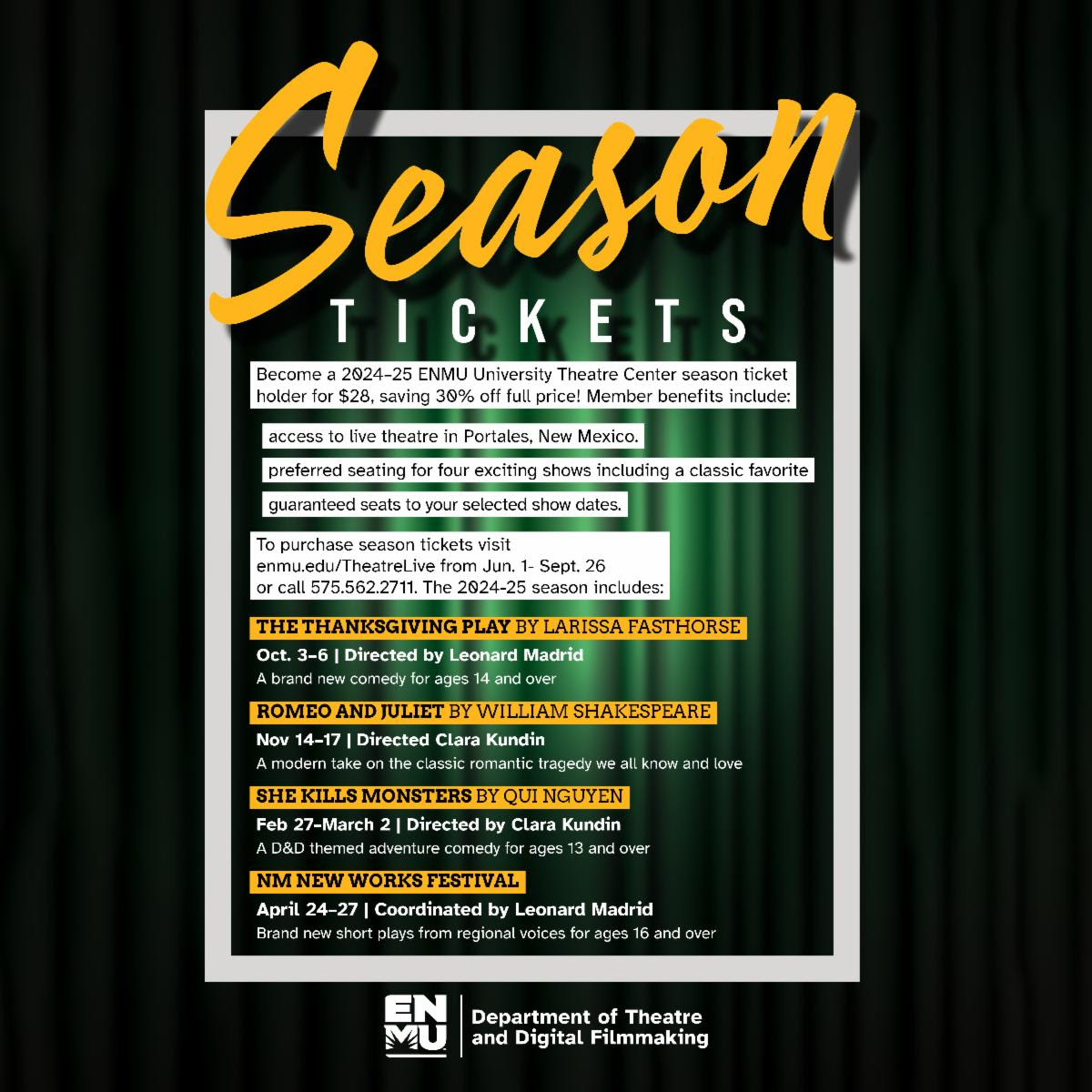Get ready to mark your calendars and clean your favorite pair of binoculars. 2021 is set to be an impressive year when it comes to viewing the night sky here in New Mexico. Annual meteor showers, multiple-planet conjunctions, and a total eclipse will fill up your calendar this year.
July 12: Venus-Mars conjunction
This pairing of Venus and Mars, our nearest planetary neighbors, will be easy enough to see through a backyard telescope or a good pair of binoculars in the western sky. You’ll also have the benefit of a tiny sliver of a crescent moon barely lighting up the sky that night.

July 28: Delta Aquarids meteor shower
Much like April’s Lyrids meteor shower, you can expect to see a meteor every three minutes during this shower. The moon will be pretty full that evening and since it rises at 11:23 p.m., you’ll have a limited amount of time to get the best view of the meteors streaming across a dark sky. However, the effort is still worth the view so set aside a little time that evening to watch the meteor shower.

August 12: Perseids meteor shower
Just a couple weeks after the Delta meteor shower, you’ll be treated to the impressive Perseids shower. During this, you can expect to spot a meteor per minute, many appearing bright and showy across the sky. The moon won’t light up the sky during this event, so you’ll have plenty of time to sit back and watch this impressive show.

August 18: Mars-Mercury conjunction
After sunset, you’ll be able to spot the Mars-Mercury conjunction above the western horizon. The little planets almost appear to overlap and when viewed through a telescope, you’ll get to see just how little distance appears between them.

October 21: Orionids meteor shower

This meteor shower will take place the night after a full moon but you can still catch a view of meteors flitting across the sky on its peak night. Find a dark location with little light pollution and you can expect to see an average of one meteor every three minutes.
December 13: Geminids meteor shower

Finish off the year with one of the most impressive meteor showers to brighten up our skies. At its peak, you can expect to see upwards of a hundred or more meteors shoot across the sky each hour. The waning moon sets between 2 and 3 a.m. on the 13th and 14th but you can still expect to see an impressive light show.






































